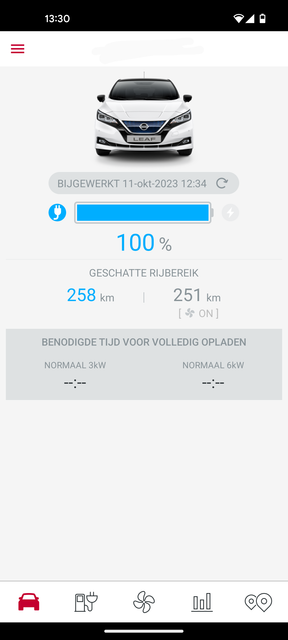I am not talking about 30-80%, never mentioned that? 30-70% on longer trips with qc charges is logical to me but I need to test it. If I go up to 80% as you say on the first QC then I will introduce additional heat into the battery which will never leave during the duration of the trip. I "think" it might be better to stop at 70% and not introduce the extra heat so on the next QC you would have a better starting point.
I am not sure if anybody tested this already, someone with more experience would be great to comment. I don't do many such trips, that is why I chose the Leaf as 95% of my driving is in town or between neighboring towns, So I don't have a big opportunity to do such tests.
I am not sure if anybody tested this already, someone with more experience would be great to comment. I don't do many such trips, that is why I chose the Leaf as 95% of my driving is in town or between neighboring towns, So I don't have a big opportunity to do such tests.

